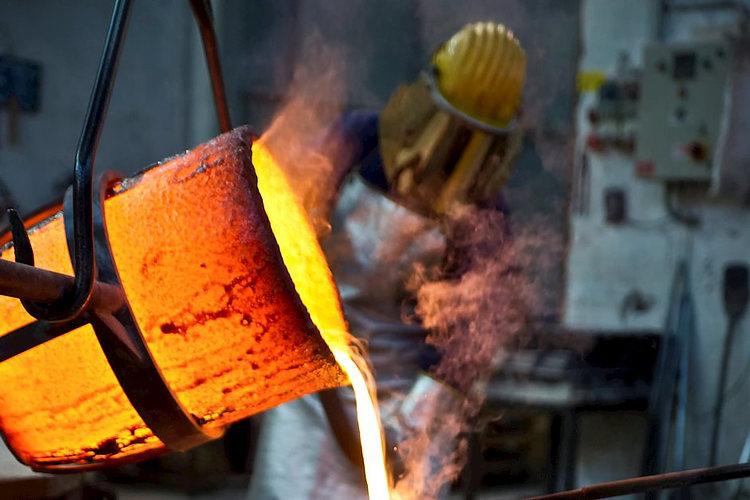The short-squeeze play in Palladium markets is still going strong, according to TDS Senior Commodity Strategist Daniel Ghali. CTA buying activity in recent sessions has increased the risk of a long-awaited squeeze on algos, with simulations suggesting a potential large-scale short squeeze that could nearly eliminate algo shorts. However, discretionary traders now hold a larger short position than algos in Palladium markets, with indications that this group has almost fully rebuilt its record net short position. This adds vulnerability if algo shorts face pressure in the future. Despite the potential for a short squeeze, there is also a time decay present in the current setup. Without a continued rally in prices, CTAs may start selling by the end of next week, even in a flat market. This could alleviate some pressure on the significant discretionary short positions.
The potential for a short squeeze in Palladium markets comes with the increasing CTA buying activity and the existing large short position held by discretionary traders. While there is a possibility for algo shorts to face pressure, the time decay in the current setup could lead to CTAs selling off their positions by the end of next week. This could provide some relief for the significant discretionary short positions that are currently in place.
Ghali’s observations indicate that there is a delicate balance in the Palladium markets, with the potential for both a short squeeze and time decay. CTAs and discretionary traders are both heavily involved in the market, with the former potentially facing pressure in the near future. This could lead to a significant shift in market dynamics, with implications for both long and short positions in Palladium. Traders will need to closely monitor market activity to navigate these potential changes and adjust their strategies accordingly.
As the short-squeeze play in Palladium markets continues, traders must remain vigilant and adapt to changing market conditions. The risk of a large-scale short squeeze looms, with the potential to wipe out algo shorts. However, the current setup also includes a time decay factor, which could lead to CTAs selling off their positions by the end of next week. This could alleviate some pressure on discretionary short positions, but traders will need to closely monitor market activity to capitalize on potential opportunities while managing risks effectively.
In conclusion, the short-squeeze play in Palladium markets remains a significant factor for traders to consider. With increasing CTA buying activity and a larger short position held by discretionary traders, the potential for a squeeze on algo shorts is high. However, the presence of time decay in the current setup could lead to a shift in market dynamics, with implications for both long and short positions. Traders must remain vigilant and adapt their strategies accordingly to navigate these potential changes effectively and capitalize on opportunities while managing risks in the Palladium markets.





















